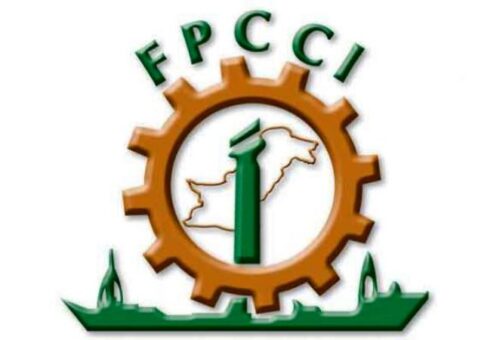The business community in Pakistan has lambasted the government for the recent hike in petroleum prices ahead of Eid-ul-Fitr, terming it unjustified and destructive for trade and industry.
The increase is seen as further hindering economic activities at a time when the country is already facing record high inflation.
Mian Anjum Nisar, chairman of FPCCI’s Businessmen Panel and former president of the Federation of Pakistan Chamber of Commerce and Industry (FPCCI), has stated that the businessmen totally reject the further jump in petroleum products’ rates for the second fortnight in a row. He warns that the move would further add to the already high cost of production and jolt the trade and industry.
READ MORE: Pakistan’s economy faces potential negative growth in FY23, warns FPCCI
The government has increased the prices of petrol and kerosene oil by Rs10 per litre and Rs5.78 per litre, respectively, with effect from April 16, 2023, in a fortnightly review of petroleum prices. The new ex-depot price of petrol will now be Rs 282 per litre instead of Rs 272 per litre following the increase of Rs 10 per litre. The price of kerosene oil has also been raised by Rs 5.78 per litre.
According to a report quoted by Mian Anjum Nisar, inflation is projected to rise further to 29.5 per cent in the fiscal year 2023 due to higher energy and food prices, weaker Rupee, and other factors. The real GDP growth is expected to slow sharply to 0.4 percent in the fiscal year 2023 due to corrective tighter fiscal policy, flood impacts, high inflation, high energy prices, and import controls.
READ MORE: Cross-stuffing of Afghan, Uzbek cargo at Karachi Port hailed by Pak-Afghan Chamber
He further adds that the economy is under stress with low foreign reserves and high inflation, which has led to a fall in economic activity. Despite some projected recovery, growth is expected to remain below potential in the medium term.
The current account deficit is projected to narrow to 2 percent of GDP in the fiscal year 2023, but widen to 2.2 percent of GDP in the fiscal year 2025 as import controls ease. The fiscal deficit is projected to narrow to 6.7 percent of GDP in the fiscal year 2023 and further over the medium term as fiscal consolidation takes hold. The macroeconomic outlook is predicated on the completion of the IMF program, sound macroeconomic policy, continued structural reforms, and adequate external financing.
OICCI expresses concerns over threats to business continuity in Pakistan’s economy
Mian Anjum Nisar further warns that agricultural output is expected to contract for the first time in more than 20 years due to last year’s catastrophic floods. Industry output is also expected to shrink with supply chain disruptions, weakened confidence, and higher borrowing costs and fuel prices. The lower activity is expected to spill over to the wholesale and transportation services sectors, weighing on services output growth. He said that poverty would inevitably increase with pressures from weak labor markets and high inflation.
Despite the inevitable increase in prices that will unleash a strong wave of inflation, the coalition government remains short of clinching a deal with the International Monetary Fund that still requires an agreement. On the other hand, the National Electric Power Regulatory Authority has increased electricity rates mainly on account of fuel prices, capacity cost payments, and the impact of rupee devaluation against the US dollar.
